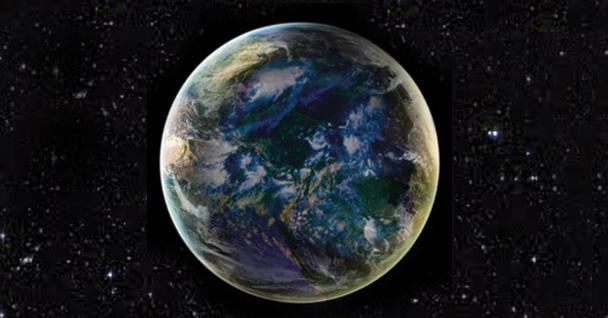Physics and astronomy professor Laura Lege gave a lecture Wednesday about how far humanity has come in finding forms of life in the universe.
Lege began by giving an overview of what life needs to exist anywhere. These prerequisites include liquid water, organic molecules, energy and time. 90 percent of life on Earth is simple, single cell organisms and 10 percent is complex, multicellular organisms.
“Hooray, middle school science,” said Lege. “Finding alien life really is as simple as knowing these properties.”
While scientists have discovered that life on Earth is comprised of either intelligent species or technological species, there is still a lot of mystery surrounding the search for extraterrestrial life.
Lege gave several examples of the level of intelligence of species here on Earth. For example, pigs are considered to be more intelligent than a 3-year-old child.
Once scientists can determine the intelligence of certain species, they can look for these traits in any energy spots found in the universe.
On Earth, we send out electromagnetic radiation every day, from cell phone use to radio and television broadcasts.
Astronomers look for this kind of electromagnetic activity in space to find other planets.
“We’ve been finding planets successfully since 1995,” said Lege. “Take a look online at the data found by the Kepler telescope. Its mission is to find exoplanets.” Exoplanets orbit a star other than the Sun.
Lege went on to list the several different types of planets known to exist. There are jovian or gas planets, huge in size and named after Jupiter, as well as rocky, terrestrial planets.
Astronomers give various names to these planets based on how many stars are orbiting the planet, or what kind of matter is found on the planet, such as hot Neptunes, super Earths or ice giants.
Rogue planets, which are planets that have been tossed out of its system, have also been discovered.
Many planets have been discovered, but big questions remain about finding life on these planets.
The habitable zone is a kind of sweet spot for life to be able to exist must occur on a planet. Liquid water may be found on a planet, but if the planet is too close to its star, the water may melt and evaporate.
If the planet is too far from its star, the water may be frozen, which means no life can function on that planet.
“I don’t really think there’s anything close to human life out there,” astronomy major Michael Rappaport said. “I know there’s water and planets, but after all those signals we sent out, I think we would have found intelligent alien life by now.”
Lege pointed out there is a large range of possibilities taken from the Drake Equation, which gives us a possible technological species number anywhere from just human beings to a possible number of 10 million.
The Drake Equation is a probabilistic argument used by some scientists to estimate the number of extraterrestrial civilizations in the Milky Way Galaxy that can communicate.
The SETI Institute searches for a signal from outer space indicating the presence of intelligent life. Congress recently defunded SETI, which has become an operation by private donors.
“We’re looking for a signal, and we need it to recur so we know it’s not an error,” said Lege.
Lege ended by giving five possibilities for life outside of Earth.
Perhaps Earth is unique, or there are other intelligent beings in the universe who we are incapable of communicating with.
Other possibilities include there actually being intelligent life out there, but so far away from Earth we haven’t found out how to communicate with them. Finally there is the possibility of extraterrestrial life existing but not wanting to communicate with us.
“People put a lot of stock in the whole ‘Area 51 theory,’” Lege said. “But think about it. Would we really decommission our only stealth airplane? There’s something else we don’t know, and the government wants to keep it that way. Things are classified for a reason, but just maybe not the reason alien hunters want.”














